“Windows into the earth” sounds like a phrase a poet would use, not a geologist or a journalist.
And yet, that is the phrase Robert B. Smith and Lee J. Siegel chose to title their landmark overview of the Greater Yellowstone Area’s geologic history. It fits the story they tell wonderfully.
Their respective strengths are apparent. Smith, for instance, has worked in the area for over 40 years, and was involved in installing the seismographic network that currently monitors the Parks. Siegel, meanwhile, currently writes science news for University of Utah Communications and freelances; he was also a science writer for the Associated Press from 1981-1993.
Windows into the Earth: The Geologic Story of Yellowstone and Grand Teton National Parks, published by Oxford University Press, brings together the preeminent geology expert and experienced science writer to make a collaborative work that is charming and consuming: well-researched, insightful, with stunning color photos and informative diagrams interspersed throughout the text.
Indeed, the marvels apparent in Yellowstone—its numerous geysers, to say nothing of its petrified trees and hoodoo-like formations—and Grand Teton—the towering mountain ranges and winding canyons—are the product of a laborious process: great forces rumbling beneath our feet and acting above too, in the form of climate.
Windows Into The Earth covers every aspect of Yellowstone geology, from its volcanic history to the formation of Yellowstone Lake. Indeed, the formation of present day Yellowstone Lake—the largest high altitude lake in North America—involved every major player in Yellowstone geology and :
Volcanism, earthquake faults, and glaciers all contributed to Yellowstone Lake’s shape. If Teton-like mountains once occupied the Yellowstone region before the first caldera explosion, lakes similar to Jackson Lake may have sat at the base of such mountains. However, the Yellowstone Lake basin started resembling its current form after the first huge eruption 2 million years ago. The caldera eruption 630,000 years ago would have destroyed parts of the old lake and created a new basin in which modern Yellowstone Lake formed (127).
The work put into Windows Into The Earth is deep and the end product is passionate. See what Smith had to say about his work as a geologist in an interview with the American Museum of Natural History:
Whether you’re in the frontcountry or backcountry you’re always seeing something new at Yellowstone. Just over my career it has changed immensely. A huge earthquake occurred in my career. I’ve seen a caldera go up and down almost a meter. At Yellowstone, the changes are short term enough that you can observe them and see how they operate. Every time I go to Yellowstone I’m impressed and educated by new things. It’s always exciting. It’s just such a wonderful place.
Of course, no book on Yellowstone geology can sidestep talking about the Yellowstone caldera, especially in light of recent discoveries. More specifically, no book can ignore the fateful question: (when) will it blow? Fittingly, in a chapter entitled “Cataclysm,” Smith & Siegel discuss the caldera’s history in Yellowstone, with “Artist’s conceptions” of what eruptions would look like and predicted ash patterns complementing their analysis.
They also dedicate a chapter to “Future Disasters,” and you may be surprised that they don’t limit their discussion to just a Yellowstone caldera eruption. Just as awesome as the towering Tetons is the fault that created them; without a trace of irony, Smith & Siegel discuss the possibility of a “Nightmare on the Teton Fault” (so reads a chapter heading) occurring , with quakes causing flooding due to the rupture of Jackson Dam.
Smith & Siegel take the long view on these sorts of disasters. They will happen, they contend. But tomorrow? Next week? Within our lifetime? Unlikely.
A human life is but an instant in geologic time, so people have trouble reacting to the threat of infrequent geologic catastrophes. Yet as sure as time proceeds, the same geologic forces that shaped and sculpted this beautiful landscape will do so again—with awful consequences for living creatures (135).
And regarding a Yellowstone caldera eruption i.e. a bona fide cataclysm here is what they have to say:
The annual risk of a cataclysmic volcanic caldera explosion at Yellowstone is somewhere in the range of one-in-tens-of-thousands to one-in-hundreds-of-thousands or more. This means such catastrophes are extremely unlikely within coming generations and more probable within tens of thousands or hundreds of thousands of years (147).
These violent forces are inherent to the makeup of both parks. It’s what helps make the landscapes sublime, in the old sense, as they marry beauty and terror. So yes, you can read Windows Into The Earth as a textbook for catastrophe… or you can see the earthquake faults and caldera as another set of marvels among marvels.
You can order Windows into the Earth: The Geologic Story of Yellowstone and Grand Teton National Parks here.
 Yellowstone Insider Your Complete Guide to America's First National Park
Yellowstone Insider Your Complete Guide to America's First National Park
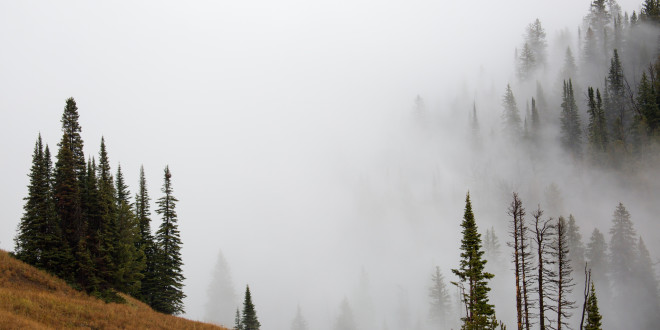
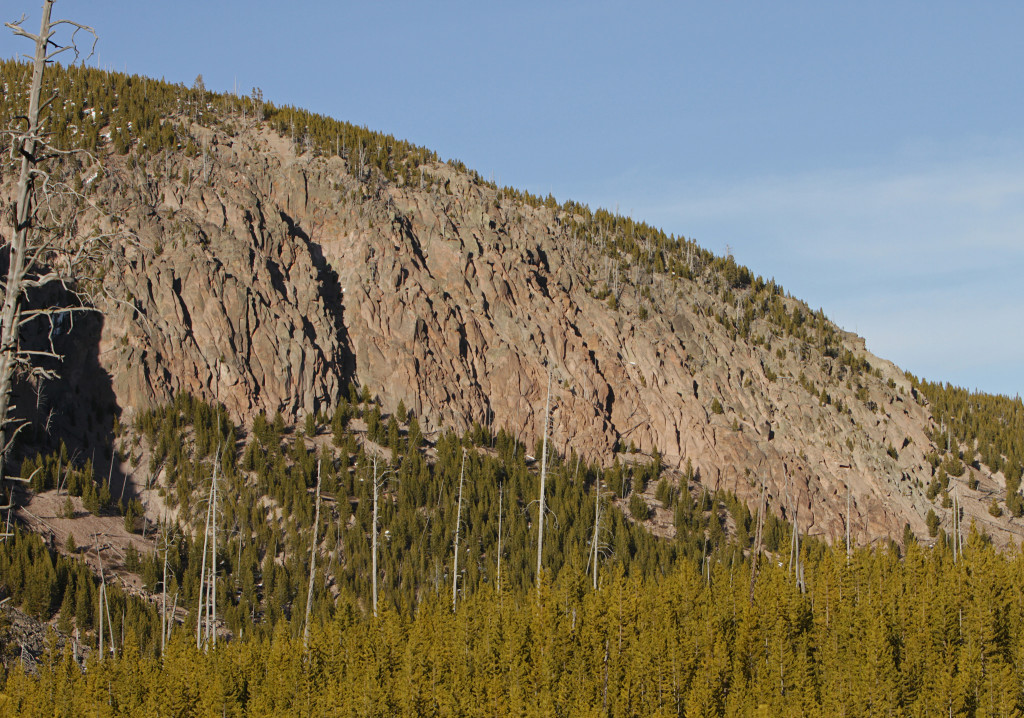
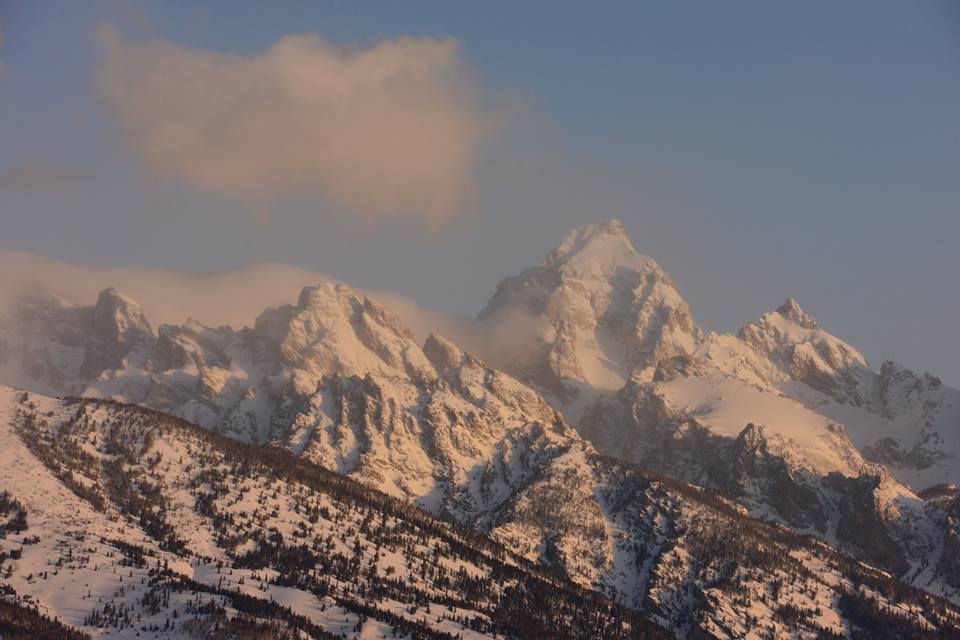
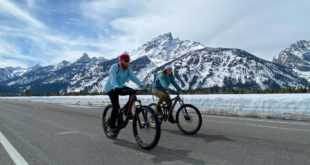
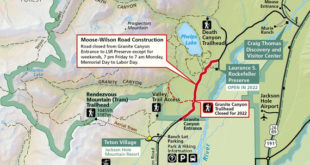

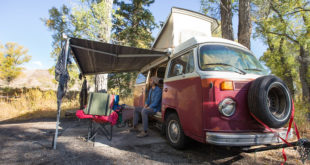
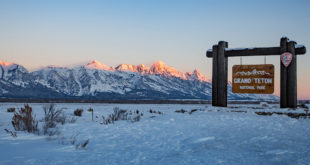
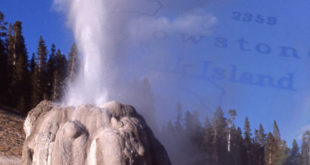
You must be logged in to post a comment.